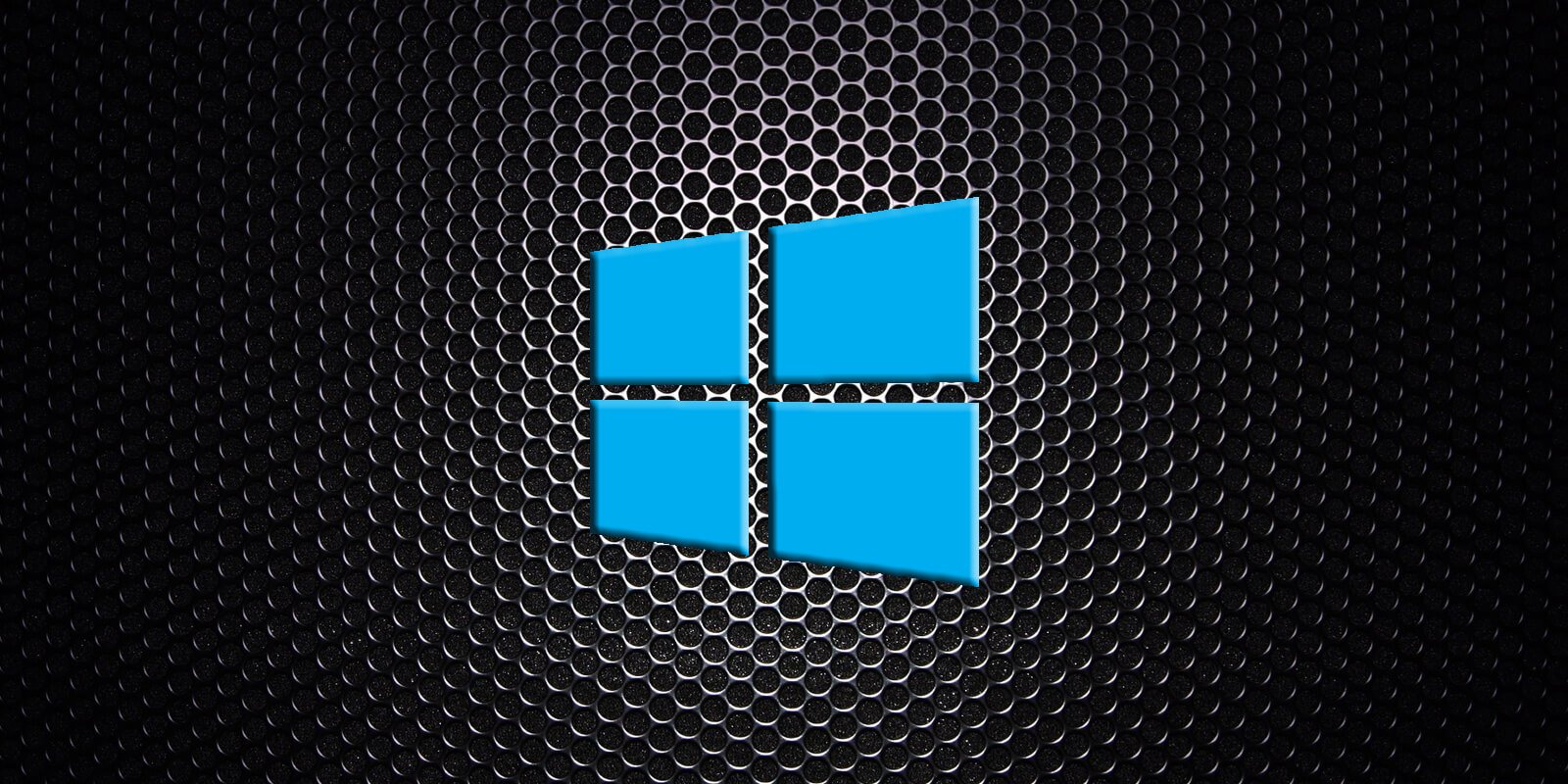A simple VBScript may be enough to allow users to gain administrative privileges and bypass UAC entirely on Windows 10.
In a new report from a PwC UK security researcher
Wietze Beukema, we learn that almost 300 Windows 10 executables are vulnerable to DLL hijacking.
“It turns out nearly 300 executables in your System32 folder are vulnerable to relative path DLL Hijacking. Did you know that with a simple VBScript some of these EXEs can be used to elevate such executions, bypassing UAC entirely?” explained Beukema.
The vulnerability referred to here is relative path DLL hijacking, which is when an attacker can cause a legitimate Windows executable to load an arbitrary DLL of the attacker’s choice, most likely with malicious intent.
DLL hijacking attacks can prove useful to a skilled attacker as they grant capabilities such as arbitrary code execution, privilege escalation, and persistence on the target system.
The various techniques of DLL hijacking covered by the
Beukema's blog post include DLL replacement, DLL Proxying, DLL search order hijacking, Phantom DLL hijacking, DLL redirection, WinSxS DLL replacement, and relative path DLL Hijacking.





